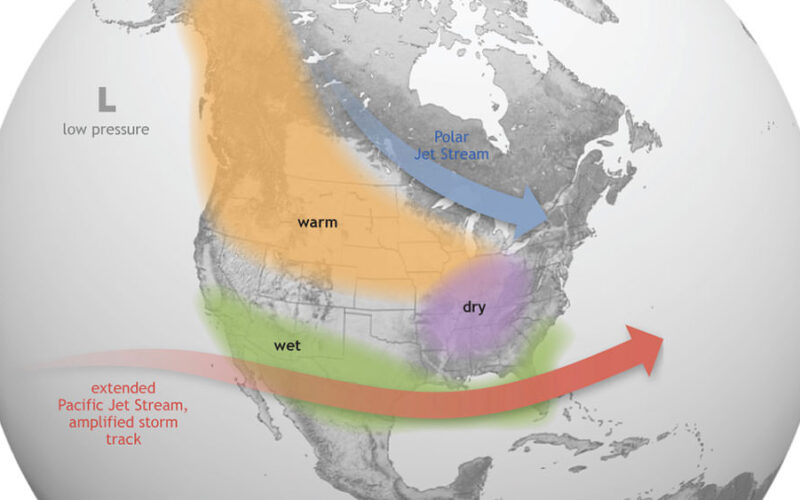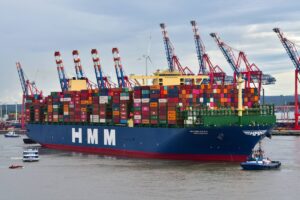The unusual warming of waters located in the eastern Pacific Ocean, also referred to as the El Niño phenomenon, has added to the growing list of climate-driven weather events impeding shipping worldwide.
Maritime analysts suspect that the onset of the El Niño, a phenomenon that naturally occurs roughly every two to seven years, could further exacerbate issues in some of the world’s major maritime routes and supply chains, reported CNBC.
While it usually peaks around December, El Niño’s full impact will take more time to reach the rest of the world. Forecasters thus suspect that due to this time lag, 2024 will be the first year for global temperatures to surpass the key climate threshold of 1.5 degrees Celsius, CNBC further reported.
Perhaps more importantly, the onset of the El Niño is expected to prolong the ongoing drought in the Panama Canal according to Peter Sands, Chief Analyst at Xeneta.
The Canal, a major maritime gateway, is experiencing one of the two driest years out of the 143 years of kept data. Rainfall measurements are also somewhere between 30-50 per cent below normal levels around the Canal, reported Reuters.
The Central American country has imposed restrictions on the Panama Canal, both in terms of the capacity of vessels and the total number of vessels allowed to transit, in response to the canal’s low water levels.
The canal started facing drought conditions shortly after the UN weather agency declared the onset of El Niño. This El Niño event is expected to cause a rise in global temperatures and result in unusual weather patterns.
READ: Panama Canal extends ship depth limit
Water levels in Gatun Lake, an artificial lake reliant on rainfall that forms a key part of the canal, have remained below its average level, despite the current rains season.
Thus, the compounded effect of the El Niño could see a significant increase in evaporation from the Gatun Lake and result in record low water levels by Spring of 2024, according to Smithsonian Tropical Research Institute (STRI)’s Steven Paton, Reuters reported.
Describing the convergence of these concurrent weather events, Paton, who boasts over three decades of expertise in tracking water levels in Central America, termed it as the “perfect storm of events”.
Over the course of the canal’s 109-year history, the occurrence of major El Niño drying patterns has notably increased in frequency over the past 25 years, reported Reuters.
“What we see right now is perhaps only the starter of the main course that is being served next year because it could be [a] more severe drought when we get to the first half of 2024,” Sands stated, citing the impact of El Niño.
“Right now, we do not see that filling up of the water levels that a normal year would bring around. So, it is literally a potential disaster in the making.”
“It will be increasingly difficult for (the Panama Canal) to guarantee that the largest ships are going to be able to get through,” Paton added.
READ: Panama Canal toll restructure receives governmental approval
Brian Bourke, Global Chief Commercial Officer at SEKO Logistics said: “Anyone shipping product around the world should be paying attention to possible disruptions due to climate change. The Panama Canal is just the latest example.”









